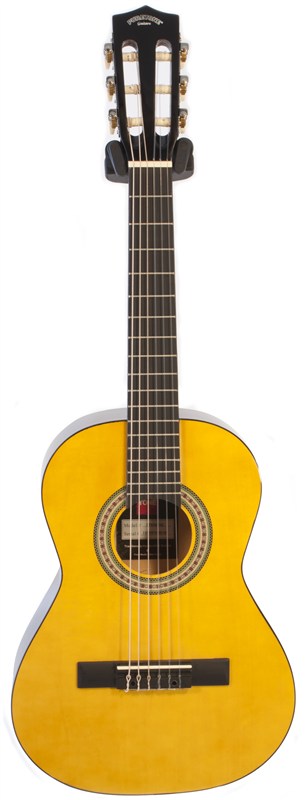Bach To The Future, Kopi
Per Nørgård BACH TO THE FUTUREFor many years I have been specially fascinated by three of the preludes of Bach?s Well-tempered Piano, and I wish with this concerto-version for percussion-duo and orchestra to "highlight" some of the structural aspects of these pieces: It is my belief that there is a tradition in the music history, that makes it possible to let certain germs in an earlier period unfold into new, but not heterogenious, dimensions of a perhaps several hundred years later phase of the tradition.This concerto is a result of several years collaboration with Uffe Savery and Morten Friis ("Safri-Duo"), as well in original compositions - (Resonances, Repercussion, Resumé in EchoZone I-III) as in arrangements of the 3 Bach preludes, preparing for the enormous stylistic challenges of this work.A few introductory comments to each movement:I Movement: The archetypal sequence of broken chords within C-major has established itself as almost a cultural code, allowing the composer of 1996 to tell his tale-in-tones only by stressing and colouring the tones in the original piece without changing the pitches or (relative) durations as a ?palimpsest? containing as well the old as the new musical tale simultaneously. Later in the movement, this singleline is multiplied by the, till then discrete, but permanently pervading, proportion - throughout the piece - very close to the ?Golden Section?(= 3:5:8.t.i:8 before repetition, 5 before starting anew from the deepest tone, 3 as the rest etc. unchanged). The 3 tonal levels as well as the 3 relative speeds are treated according to these proportions for certain passages, but even in those the main focal point is directed at the freely invented melody (by me) incarnating itself solely by the unpermutad sequels of the original prelude.II Movement: One feature of the F sharp-prelude pervades all the six minutes-long second movement: A 4 times identical rhythmic pattern = 6:4:3:2:3:4:6 - as an hourglass-shaped timeshape - inspired me by the closeness of this pattern to a shape within the infinity-drumming of my invention, called Wide-Fan and Narrow-Fan , referring to pattern consisting of 8:4:2:1:2:4:8, the familiarity with the above - quoted one being obvious. New and old elaborations of this pattern-pair permeates the movement, especially since the Safri-Duo by their performance of my Repercussion had augmented my appetite for including this idiom in a wider context:III Movement: Without the existence of the d-minor-prelude I doubt that I would have dared to write a work like this, since it is the inexhaustible, rare quality and pecularity of this piece, which has stimulated my feeling of wonder and ?modernity? (or: eternity!) of this piece, of which I know of no equal in its special respect: the perpetual ambiguity of melodic foothold in the rhythmic ostinato of a broken descending triad, continuously lending one of its 3 possible positions in time to simple, melodic gestalt vaguely capturing, more or less (ir)resistible, the listener?s attention.By this threefold Hommage a J.S.B. I wish to close up in the rank of composers who already presented offerings to their great predecessor, himself being the unsurpassable offerer.Per Nørgård 4/2 97

























